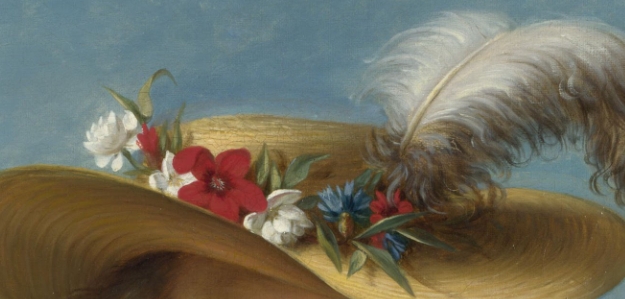Breaking the Mold: Elisabeth Vigee Lebrun’s Self-Portrait in a Straw Hat
Elisabeth Vigee Lebrun was a pioneering female artist in 18th century France, breaking barriers and challenging societal norms with her impactful self-portraits. One of her most famous works, Self-Portrait in a Straw Hat, is a bold and revolutionary piece that showcases her artistic talent and independent spirit.
Defying Tradition
Traditionally, self-portraits were reserved for male artists, but Vigee Lebrun boldly portrayed herself as a confident and accomplished woman in Self-Portrait in a Straw Hat. She broke free from the constraints of gender expectations and boldly asserted her identity as a talented artist.
Embracing Individuality
In Self-Portrait in a Straw Hat, Vigee Lebrun deftly captures her own likeness with a sense of grace and poise. The straw hat she wears symbolizes her independence and creativity, while her direct gaze conveys a sense of self-assurance and determination.
Challenging Conventions
Vigee Lebrun’s decision to paint herself in a straw hat was a deliberate choice to challenge traditional notions of femininity and beauty. She rejected the idea of women as passive objects of male desire and instead presented herself as a strong and confident individual.
Empowering Women
Self-Portrait in a Straw Hat serves as a powerful symbol of empowerment for women everywhere. Vigee Lebrun’s courageous and groundbreaking approach to self-portraiture paved the way for future generations of female artists to break free from societal constraints and assert their own identities.
In conclusion, Elisabeth Vigee Lebrun’s Self-Portrait in a Straw Hat is a masterpiece that defies gender norms and inspires women to embrace their own unique identities. Through her art, Vigee Lebrun challenged conventions, empowered women, and left a lasting legacy that continues to resonate today.



